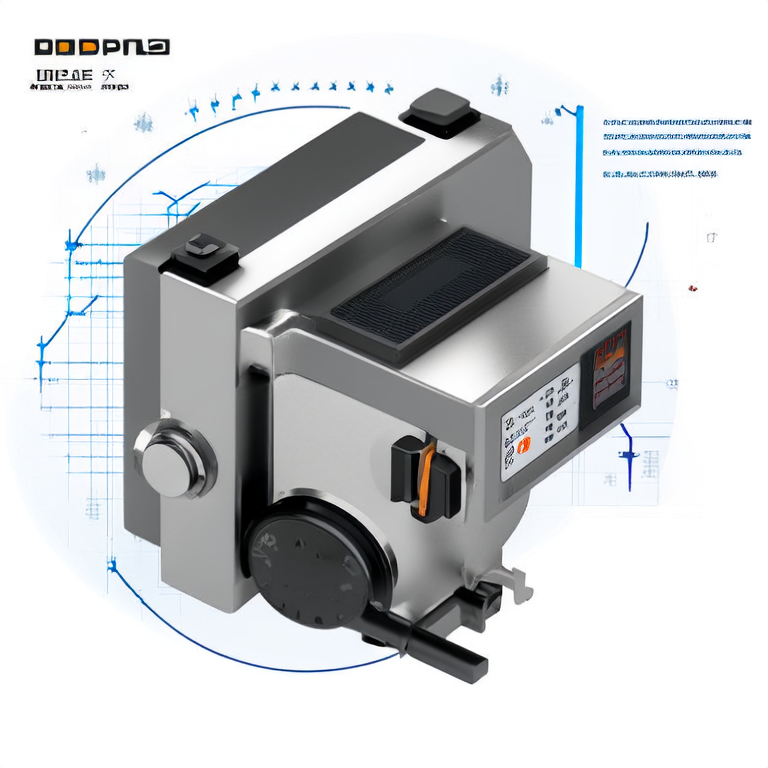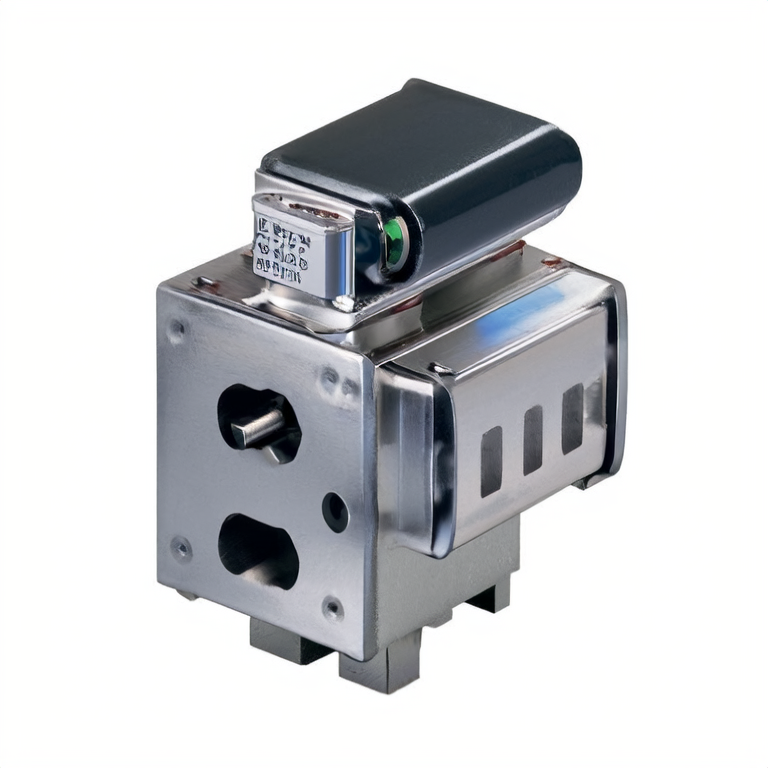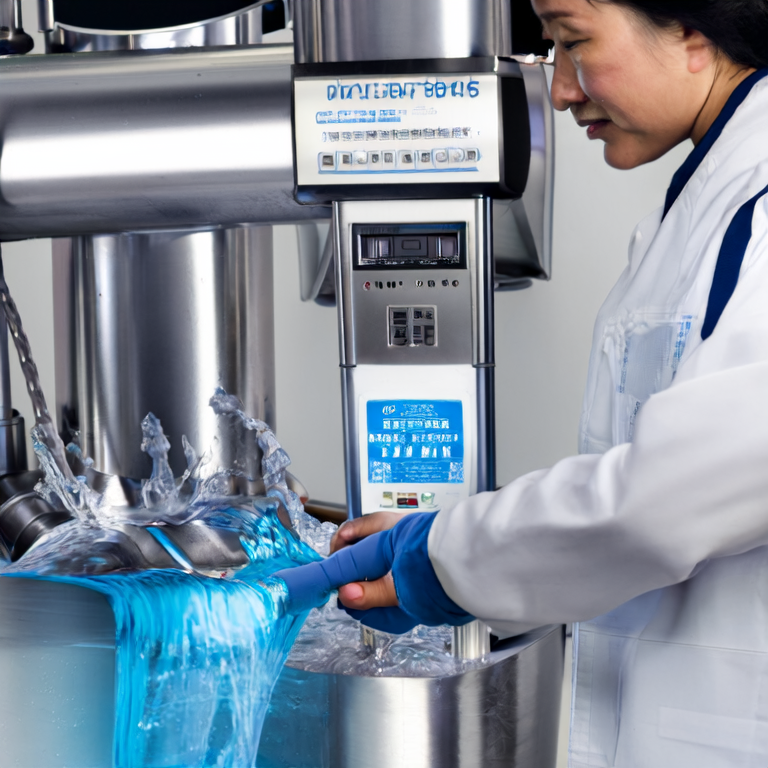Desalination Plant Optimizes Brine Flow with High-Precision Electromagnetic Flow Transmitter
Sep. 05, 2025
Table of Contents
- 1. Introduction to Desalination
- 2. Challenges in Brine Management
- 3. Importance of High-Precision Flow Measurement
- 4. How Electromagnetic Flow Transmitters Work
- 5. Benefits of Using Electromagnetic Flow Transmitters in Desalination
- 6. Case Studies and Data Insights
- 7. Comparison Table of Flow Measurement Technologies
- 8. Conclusion
1. Introduction to Desalination
Desalination plants are essential in converting seawater into freshwater, especially in arid regions where water scarcity is a significant issue. One of the critical challenges faced by these plants is the management of brine—highly concentrated saltwater produced during the desalination process. Effective brine flow management can significantly enhance plant sustainability and operational efficiency. High-precision electromagnetic flow transmitters are emerging as a crucial solution to optimize brine flow, ensuring accurate measurement and control throughout the desalination process.
2. Challenges in Brine Management
- Environmental Impact: Poorly managed brine can lead to ecological damage in the surrounding marine ecosystems.
- Regulatory Compliance: Desalination facilities must meet strict regulations regarding brine discharge.
- Operational Costs: Inefficient brine flow management can cause increased operational expenses.
Challenges Explained
Environmental Impact: The high salinity of brine can harm marine organisms if not discharged properly.
Regulatory Compliance: Facilities must adhere to national and international standards to avoid penalties.
Operational Costs: Inefficient flow can lead to higher energy consumption, boosting overall expenses.
3. Importance of High-Precision Flow Measurement
Effective brine flow management relies on precise flow measurement. High-precision electromagnetic flow transmitters play a vital role in collecting accurate data, enabling operators to make informed decisions. This precision not only helps in maintaining regulatory compliance but also enhances process efficiency and reduces costs.
Key Advantages of High-Precision Measurement
With high-precision flow measurements, desalination plants can:
- Minimize environmental risks.
- Optimize chemical dosing and treatment.
- Improve overall operational efficiency.
4. How Electromagnetic Flow Transmitters Work
Electromagnetic flow transmitters operate based on Faraday\'s Law of Electromagnetic Induction. When a conductive fluid flows through a magnetic field, it generates a voltage proportional to its flow velocity. The transmitter captures this voltage and translates it into flow rate data.
Operational Steps
1. Fluid enters the flow meter. 2. Magnetic field is activated. 3. Voltage is generated by the moving fluid. 4. Voltage is converted into flow rate data. 5. Data is transmitted to the control system.
5. Benefits of Using Electromagnetic Flow Transmitters in Desalination
Electromagnetic flow transmitters provide several advantages specifically tailored to desalination plants. These benefits include:
- Non-Intrusive Measurement: They do not obstruct the flow, reducing wear and tear.
- High Accuracy: They deliver reliable measurements across a wide range of fluid conditions.
- Low Maintenance: With no moving parts, they require less maintenance, leading to lower operational costs.
Real-World Application Benefits
In real-world applications, these high-precision metrics help operators meet stringent discharge regulations and optimize treatment processes, significantly reducing costs and environmental impacts.
6. Case Studies and Data Insights
Several desalination plants worldwide have integrated electromagnetic flow transmitters to optimize brine management:
- Case Study 1: A plant in California demonstrated a 25% reduction in energy consumption after adopting precise flow measurements.
- Case Study 2: In Australia, a facility achieved compliance with local regulations, reducing fines and improving operational capacity.
Data-Driven Results
The use of these advanced flow transmitters not only aids compliance but also paves the way for improved sustainability and financial performance in the desalination sector.
7. Comparison Table of Flow Measurement Technologies
| Technology | Accuracy | Maintenance | Cost |
|---|---|---|---|
| Electromagnetic Flow Meter | ±0.5% | Low | Moderate |
| Ultrasonic Flow Meter | ±1.0% | Moderate | Higher |
| Turbine Flow Meter | ±0.25% | High | Lower |
8. Conclusion
High-precision electromagnetic flow transmitters have emerged as a vital tool for optimizing brine flow in desalination plants. By ensuring precise flow measurement, these devices help facilities enhance their operational efficiency, reduce environmental impacts, and comply with regulatory standards. Investing in advanced flow measurement technologies is crucial for the sustainable future of the desalination industry.




